 Singapore Airlines is counting down to going where no carrier has gone before.
Singapore Airlines is counting down to going where no carrier has gone before.
The airline will start its "Capital Express" service in September which will link Wellington, Canberra and Singapore four times a week.
It will be the first time the two Australasian cities have been linked by direct flights and the first ever international services out of Canberra.
Driving the project from New Zealand is Simon Turcotte who arrived as country general manager late last year.
"We've done our sums and we looked at it for many years. I think at this point of time the figures add up - it makes sense for us to do it and there's possibility to do it on a profitable basis and now is the time to make that investment and give it a go.'
The airline will use a 266-seat retrofitted Boeing 777-200 aircraft, with 38 business class seats and 228 economy class seats.
The 35-year-old - who studied finance at university - says the Capital Express is part of a strategy of investing heavily in New Zealand and Australia.
"As a network carrier we're always looking out for opportunities and studying options world wide - we see Southwest Pacific as a key part of our network," he said.
The airline established a joint venture with Air New Zealand in early 2015 which means double daily services between Auckland and Singapore. During summer it uses an Airbus A380 on the route to increase capacity. It also flies daily to Christchurch and when it starts its Wellington service it will be the first non-Tasman carrier to serve three New Zealand cities.

is still in talks with Air New Zealand about a possible code share arrangement out Wellington.
Turcotte said it was expected that much of the traffic would be northbound to Singapore and beyond but there were certain market segments - corporates, politicians diplomats - which would be interested in flying between Canberra and Wellington.
There was also scope to develop a market for leisure travellers and the airline was working with tourism authorities in the Australian capital.
In Wellington, Singapore Airlines was building a team of 11 staff.
We've definately maintained that first class service out of Auckland we still feel there's a market for that and we're keen to serve that.
Its performance is seen as an indicator of the health of Asia's airline industry and in May it reported its full-year profit grew 66 per cent to S$804 million (NZ$832 million) mainly because of lower oil prices. The airline did warn of challenging conditions ahead caused by weak economic activity and rapid increases in capacity across the industy, leading to lower fares.
Turcotte said competition was nothing new to his airline.
"Historically Singapore has been developed as a transportation hub - we've always faced competition in our home market.''
Singapore Airlines has stuck with first class cabins on many of its aircraft and that market was holding up, he said.
"We've definately maintained that first class service out of Auckland we still feel there's a market for that and we're keen to serve that," he said.
"If you look at the floor space on the aircraft that's dedicated to the front cabin it's been expanded year on year - the market is there.'
Turcotte said as a child he had wanted to be a pilot but took a different path and studied for a commercial career.
Simon Turcotte
• Singapore Airlines NZ general manager
• Age: 35
• Born in Montreal, Canada
• Has worked at Singapore Airlines for nine years including in revenue management at the airline's Singapore base and postings to India and most recently Spain where he was country general manager.
Tuesday, 05 July 2016
Grant Bradley
Aviation, tourism and energy writer for the Business Herald






 Nelson Airport has experienced its busiest year ever with further growth predicted.
Nelson Airport has experienced its busiest year ever with further growth predicted. OPINION: Air New Zealand celebrated a milestone last week when we landed a Boeing 787-9 Dreamliner at Wellington Airport.
OPINION: Air New Zealand celebrated a milestone last week when we landed a Boeing 787-9 Dreamliner at Wellington Airport. Nelson-based Originair will resume direct flights between Nelson and Palmerston North in September .
Nelson-based Originair will resume direct flights between Nelson and Palmerston North in September . Regional airline Sounds Air will take up the Christchurch to Blenheim route axed by Air New Zealand.
Regional airline Sounds Air will take up the Christchurch to Blenheim route axed by Air New Zealand.
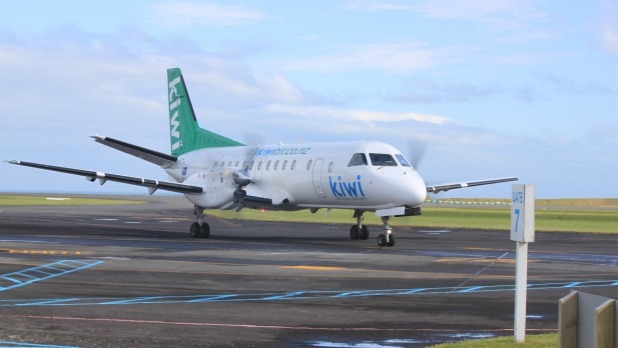

 United Airlines, preparing to return flights into Auckland, says that its product and service has changed for good.
United Airlines, preparing to return flights into Auckland, says that its product and service has changed for good. Air New Zealand, the country's national carrier, has sold a 19.98 per cent stake in Virgin Australia to Chinese company Nanshan Group, which owns Qingdao Airlines, and says it is considering options for its remaining 6 per cent holding in Australia's second-largest domestic airline.
Air New Zealand, the country's national carrier, has sold a 19.98 per cent stake in Virgin Australia to Chinese company Nanshan Group, which owns Qingdao Airlines, and says it is considering options for its remaining 6 per cent holding in Australia's second-largest domestic airline.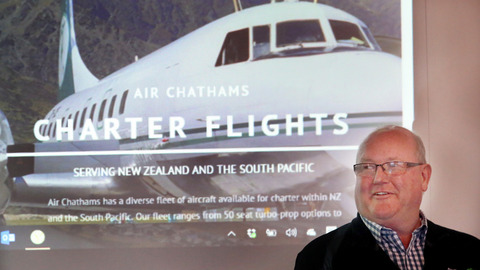 Whanganui's new air service has announced discounted fares throughout the first month of its operation in a bid to attract passengers.
Whanganui's new air service has announced discounted fares throughout the first month of its operation in a bid to attract passengers.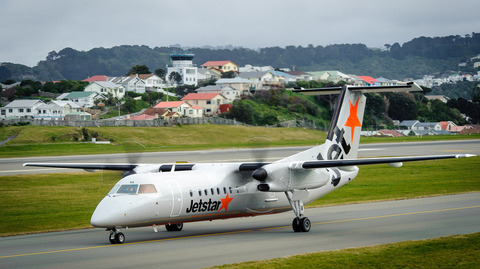 NN
NN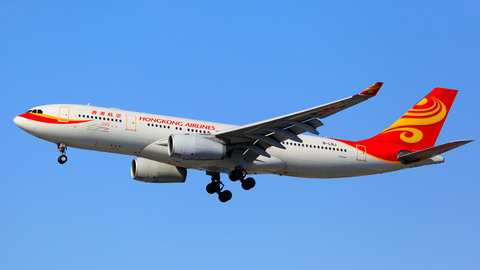
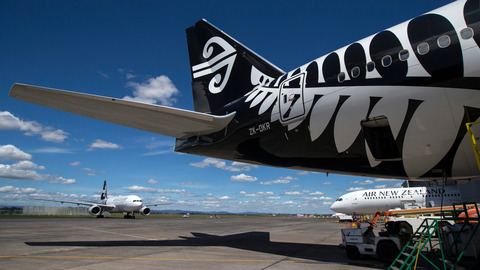 Air New Zealand has completed its first direct flight to Vietnam.
Air New Zealand has completed its first direct flight to Vietnam.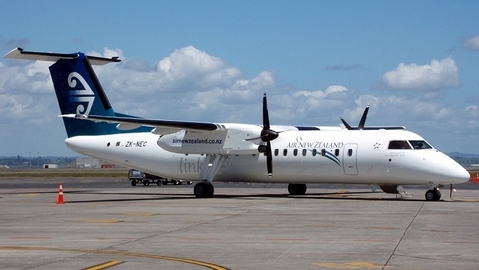 Air New Zealand has announced it will operate up to 10 new weekly flights between Auckland and Tauranga by the end of the year. The airline is also reinstating the 6.05 am service from Tauranga to Christchurch.
Air New Zealand has announced it will operate up to 10 new weekly flights between Auckland and Tauranga by the end of the year. The airline is also reinstating the 6.05 am service from Tauranga to Christchurch.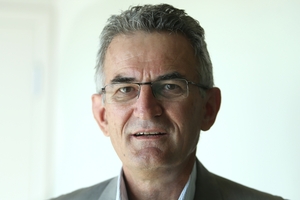
 Marlborough airline Sounds Air could pick up the slack after the national carrier announced it was ending flights between Blenheim and Christchurch.
Marlborough airline Sounds Air could pick up the slack after the national carrier announced it was ending flights between Blenheim and Christchurch.

 Acclaimed New Zealand composer Gareth Farr arrived at Nelson airport yesterday to lend a hand to the Nelson School of Music's all-night fundraiser, Sleeping with the Steinway.
Acclaimed New Zealand composer Gareth Farr arrived at Nelson airport yesterday to lend a hand to the Nelson School of Music's all-night fundraiser, Sleeping with the Steinway.

